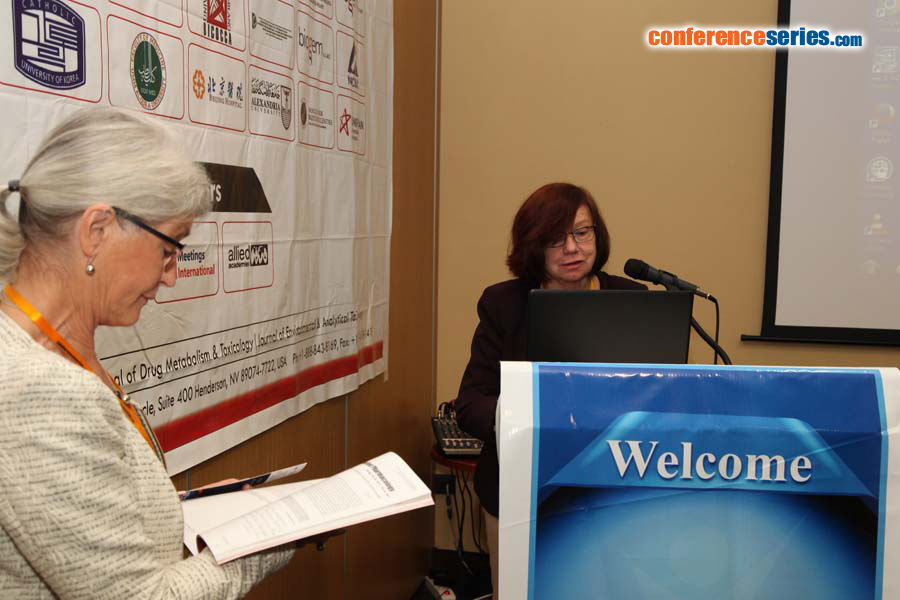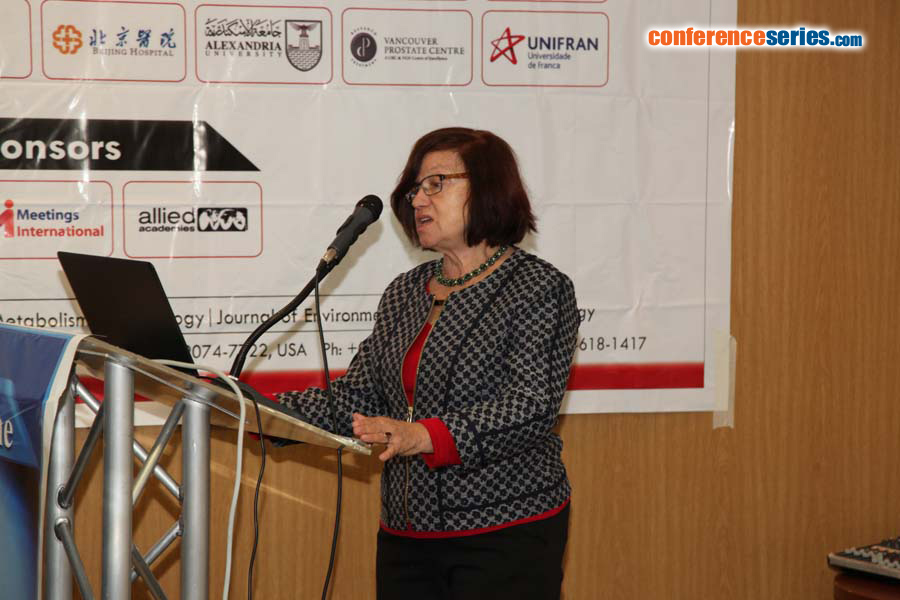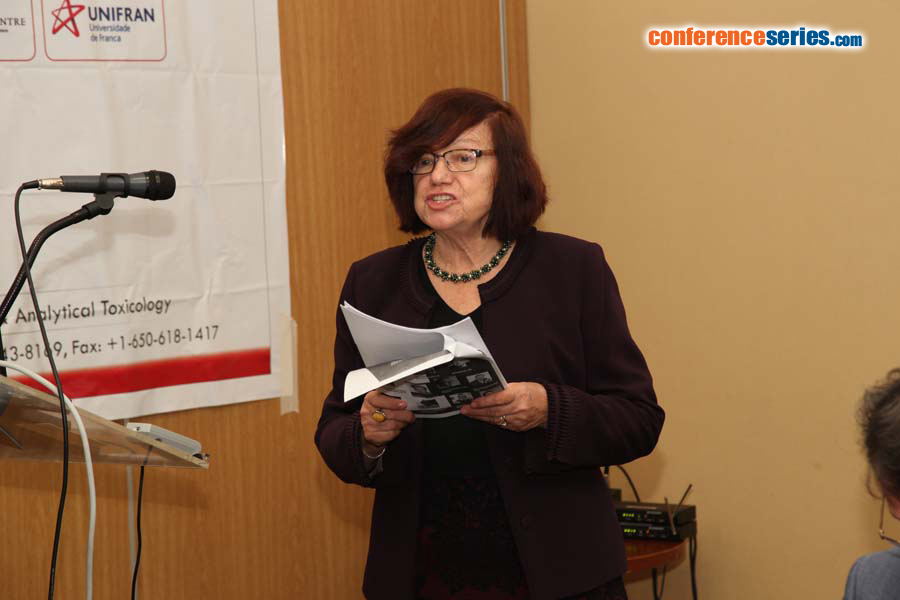Anna Radominska Pandya
University of Arkansas for Medical Sciences, USA
Title: Natural and synthetic cannabinoids: The good, the bad, and the tragic
Biography
Biography: Anna Radominska Pandya
Abstract
K2, also called “Spice” or “Synthetic Marijuana,” is a rapidly emerging drug of abuse that possesses psychoactive properties similar to those of Δ9-tetrahydrocannabinol (Δ9-THC). K2 use has exploded in many sections of the population including teenagers and fi rst time drug users. Use of K2 can result in extreme agitation, hallucinations, supraventricular tachycardia, syncope and seizures. The presence of more than 20 diff erent K2-aminoalkyl indoles (AAIs) have been reported in various K2s, but the two most commonly observed are JWH-018 and JWH-073; however, new generations of structurally related compounds are constantly being produced. Our studies demonstrate for the fi rst time that the native K2s undergoes extensive metabolism by cytochrome P450s and UDP glucuronosyltransferases. Due to the activity of these enzymes, a variety of hydroxylated metabolites, have been biosythesized and excreted in human urine primarily as glucuronidated conjugates. These
metabolites were identifi ed and characterized using LC-MS/MS and HPLC-UV/Vis, and steady state kinetic analyses were also investigated. We have also shown that these K2 products cause psychoactive eff ects similar to those of Δ9-THC by activating CB1 cannabinoid receptors (CB1Rs) in the central nervous system. Moreover, CBRs were able to bind several hydroxylated and glucuronidated K2-AAI metabolites with an affinity similar to that of the parent compound. Finally, our in vivo data demonstrates that K2 metabolites retain biological activity in mice. The fact that some hydroxylated derivatives and their glucuronides can retain their biological activity makes the study of these compounds essential for understanding their severe toxicity and pharmacokinetics/dynamics. We hypothesize that the severe effects observed for some K2 users could be related to a defect in their metabolism.






